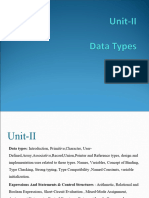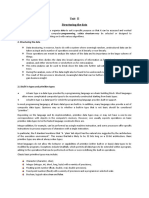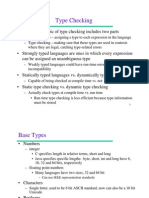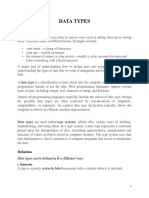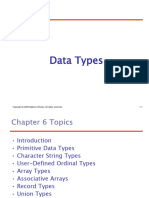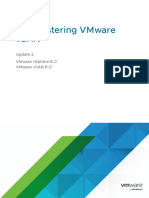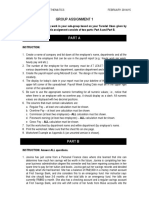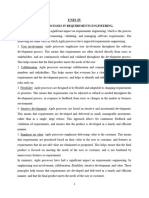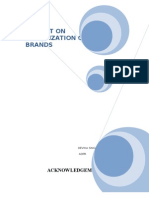0% found this document useful (0 votes)
17 views19 pagesLecture1 ValuesTypes
Types group values and define operations that can be uniformly applied. This document discusses primitive types like integers and booleans, and composite types like structs and arrays that are composed of simpler values. It explains how arrays and functions can be understood as mappings from one set to another, and how types must have a finite cardinality.
Uploaded by
throwaway1916emailCopyright
© © All Rights Reserved
We take content rights seriously. If you suspect this is your content, claim it here.
Available Formats
Download as PPTX, PDF, TXT or read online on Scribd
0% found this document useful (0 votes)
17 views19 pagesLecture1 ValuesTypes
Types group values and define operations that can be uniformly applied. This document discusses primitive types like integers and booleans, and composite types like structs and arrays that are composed of simpler values. It explains how arrays and functions can be understood as mappings from one set to another, and how types must have a finite cardinality.
Uploaded by
throwaway1916emailCopyright
© © All Rights Reserved
We take content rights seriously. If you suspect this is your content, claim it here.
Available Formats
Download as PPTX, PDF, TXT or read online on Scribd
/ 19


